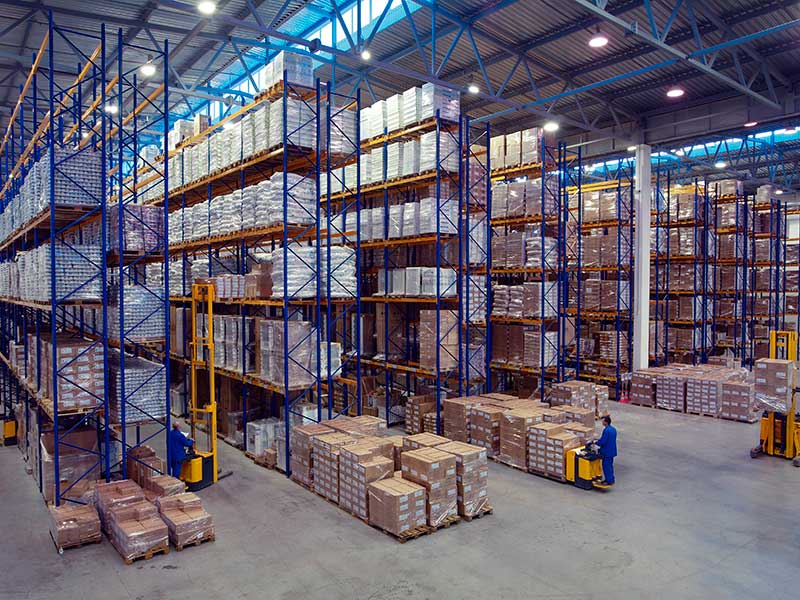Well balanced lighting levels are essential for establishing safe and productive working conditions. Companies must take into account the lighting in the workplace where industrial activities are carried out. The optimization of industrial lighting must take into account work activity, environmental conditions and energy consumption. Adequate lighting results in greater productivity and precision, safety, protection and a better environment for workers.
Lighting in the industrial sector can be quite complex. Due to a wide range of operations and space, that is why many aspects must be considered, as they will affect the amount of light that reaches the work surface, as well as its quality.
For example, AT WHAT DISTANCE ARE LIGHT LAMPS PLACED IN AN INDUSTRIAL BUILDING?
To determine the exact distance to place the light bulbs in an industrial warehouse, a study must be carried out in which The height of the ceilings and the chosen luminaire (opening angle, lumens and watts) must be taken into account. It will also depend on the type of activity that is carried out, that is, if it is lighting for a mechanical workshop, lighting for a warehouse or lighting for an industrial warehouse.
What is the level required to illuminate an industrial warehouse?
The amount of light required (luminance) depends mainly on the visible task of the worker or the type of industrial task performed.
What is the lighting level in a warehouse?
Here are some examples of industry recommended lighting levels:
| General engineering | Work with limited visual requirements | 500 lux |
| General engineering | I work with normal visual requirements | 1000 lux |
| General engineering | I work with special visual requirements | 2000 lux |
| Outdoor areas | Mechanical load | 10 lux |
| Outdoor areas | Manual loading | 50 lux |
| Storage | Inactive storage | 20 lux |
| Storage | Loading docks | 100 lux |
| Storage | Small storage, packaging | 200 lux |
Lighting quality in the industrial sector
Factors that influence the quality of industrial lighting have a significant impact. These factors include flickering and glare, degree of contrast, or shadows. There should be a good contrast between the objects of interest and the background. Greater lighting in nearby areas, but outside the immediate work environment can make visibility difficult. Industrial lighting standards address the importance of evaluating energy consumption and other key characteristics aimed at improving overall performance in the workplace.





